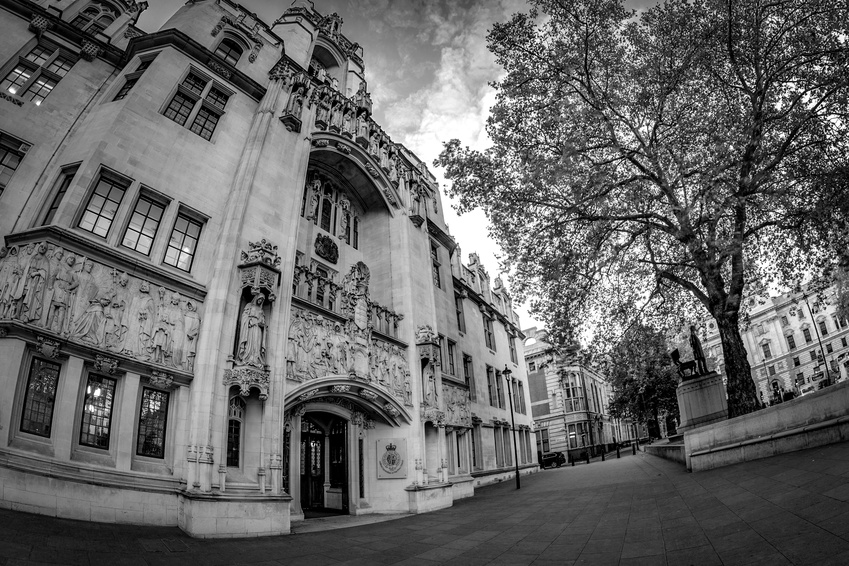In brief
From 6 April 2024, the current right of employees on maternity, adoption, and shared parental leave (“family leave“) to be offered suitable alternative employment in preference to other employees who are at risk of redundancy will be extended to cover pregnant employees, and those who have recently returned from such types of family leave.
Key takeaways
- At present, employees on maternity, adoption, and shared parental leave who are at risk of redundancy must be offered suitable alternative employment ahead of the other at-risk employees if such positions are available.
- From 6 April 2024, this protection is extended to pregnant employees and those who have recently returned from a period of family leave within 18 months of their child’s birth/placement for adoption.
- It is not a ban on placing these employees at risk or making them redundant. However, particular care should be taken to ensure that those on family leave or who have recently returned are scored fairly; otherwise, you could be at risk of unfair dismissal and possible discrimination claims.
- The Regulations setting out these changes have been laid before Parliament and are expected to be made shortly.
- For advice or to discuss what this means for you and your business, please get in touch with your usual Baker McKenzie contact.
In more detail
The length of the protected period is not determined by the length of time actually spent on leave, so an employee who chooses to return to work before the end of their statutory entitlement may still be protected subject to the time limits set out below.
Pregnancy
A pregnant employee is protected as soon as she notifies her employer of her pregnancy. If she suffers a miscarriage, classed as loss, any time before the end of 24 weeks from the start of her pregnancy, the protected period ends two weeks after the miscarriage. After 24 weeks of pregnancy, a loss is classed as a stillbirth, and the employee is entitled to full statutory maternity leave. In this situation, the protection ends 18 months after the child’s date of birth (if notified to the employer before the end of maternity leave) or 18 months from the expected week of childbirth in other cases.
Adoption leave
Employees taking adoption leave are protected from the beginning of their adoption leave, ending 18 months from the date of the child’s placement with the employee (or from the child’s entry into Great Britain if they have been adopted from overseas).
Shared parental leave
Employees who have taken less than six continuous weeks of shared parental leave are entitled to enhanced redundancy protection only for the period of leave that they take. Those who take longer leave, however, are entitled to protection from the start of their shared parental leave until 18 months from the date of the child’s birth/placement for adoption (or from the child’s entry into Great Britain if they have been adopted from overseas). However, those who have taken maternity or adoption leave before taking shared parental leave are entitled to the protected period for that original maternity or adoption leave, i.e., there is no extension of the protected period for subsequent shared parental leave.
Failure to offer suitable alternative employment (where vacancies exist) to protected employees risks claims for automatically unfair dismissal and possible discrimination claims, including uncapped compensation awards.
The extension of the protected period means that, in the future, more employees are likely to fall into the priority category for alternative positions. Employers should put in place effective systems to identify vacancies (especially if other group companies, whether in the UK or elsewhere, may have suitable alternative employment opportunities) and also be prepared to carry out further selection processes if there are more protected employees than available positions.
For advice or to discuss what this means for you and your business, please get in touch with your usual Baker McKenzie contact.






